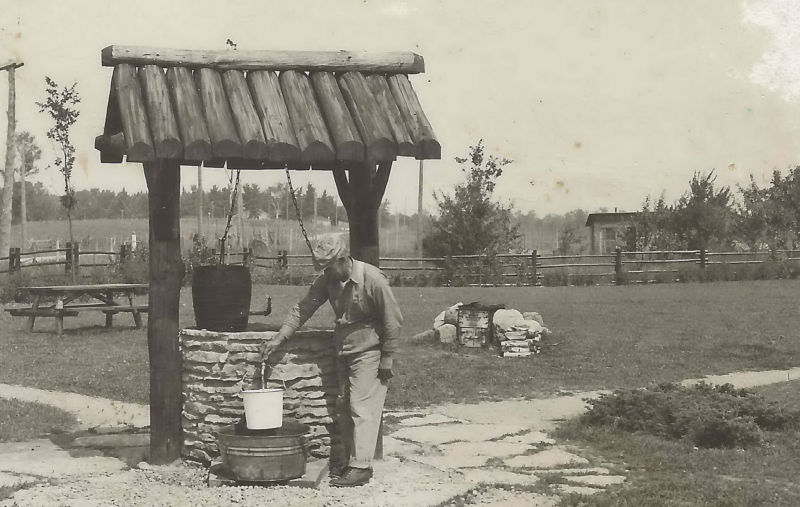Most groundwater is ancient but contains surprising human fingerprint
Ars Technica » Scientific Method 2017-04-29

Enlarge / We're talking mostly water that is way older than this fellow, but also a little water that's slightly younger... (credit: Don Harrison)
Water is typically considered a renewable resource, as the global cycle of evaporation and precipitation constantly redistributes it. But not all sources of fresh drinking water work that way. Some accumulate at modest rates, which can easily be surpassed by extraction for people and crops. In the case of groundwater aquifers, this extraction is sometimes referred to as “mining,” since water that fell as rain long ago can be quickly depleted by wells.
A new study led by the University of Calgary’s Scott Jasechko estimates how much of the Earth’s accessible groundwater is “fossil” water that has been down there for 12,000 years or more, predating the current interglacial climate period. Along the way, the researchers discovered a surprise—that “fossil” water may not be as untouched by human pollution as we thought.
Old water can be bound in dry areas with very low aquifer-refilling rates, or it can reside deeper in wetter regions, often below relatively impermeable rock layers that separate aquifers. Although water that has spent so long in contact with bedrock sometimes picks up problematic geological contaminants, these deeper waters typically enjoy the advantage of being isolated from human activities. Shallow aquifers can contain pesticides, for example, or industrial contaminants.